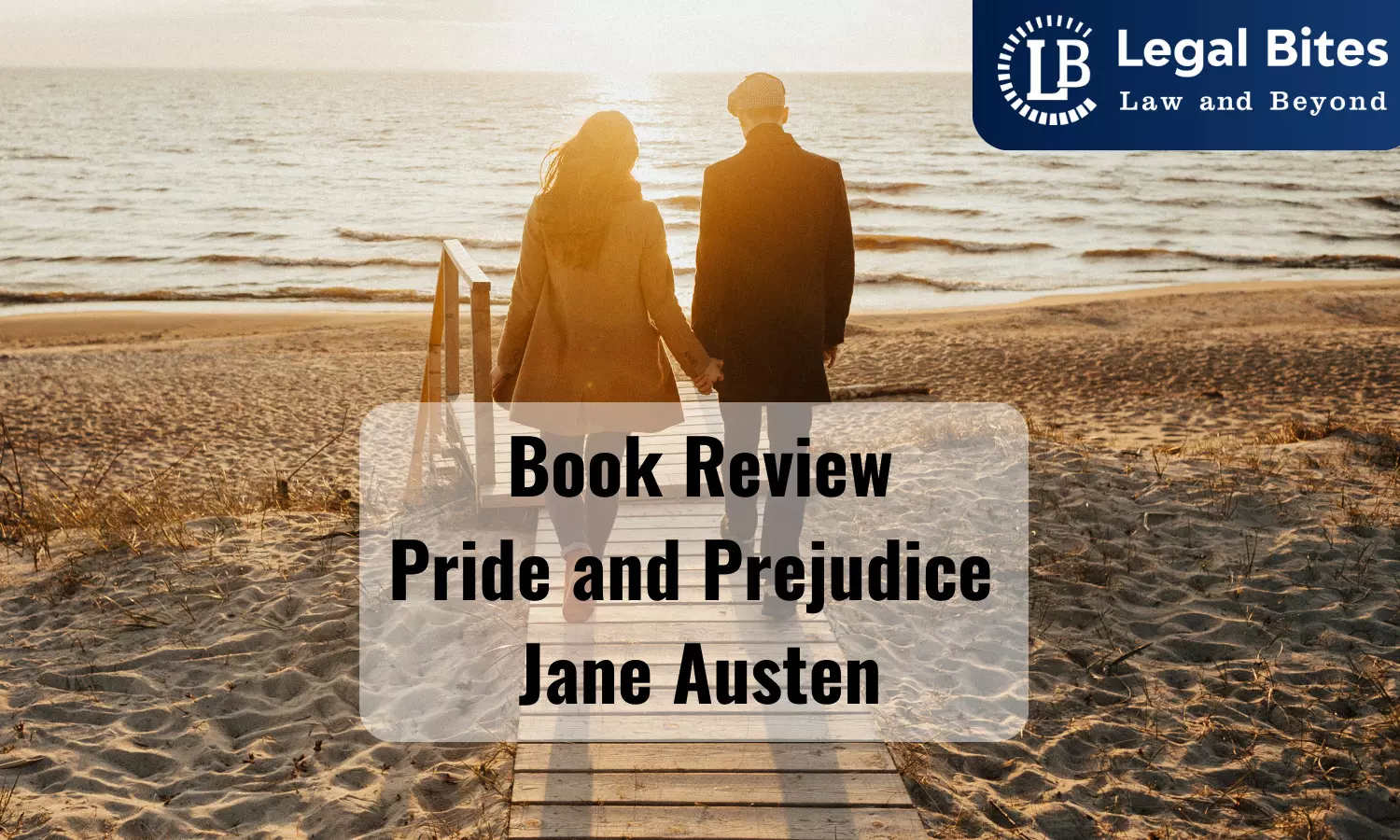Book Review: Pride and Prejudice | Jane Austen
"Pride and Prejudice" is a classic novel where Elizabeth Bennet and Mr. Darcy overcome pride, prejudice, and social class to discover enduring love.

Pride and Prejudice," published in 1813, is one of the most beloved works of English literature, written by Jane Austen. Set in the Regency era, this novel combines social commentary with romance and humour, offering readers a vivid portrayal of manners, marriage, and societal expectations of early 19th-century England. The story follows the strong-willed Elizabeth Bennet and her interactions with the enigmatic Mr. Darcy, leading to one of the most famous romances in literary history.
Name of the Book: Pride and Prejudice
Written by: Jane Austen
Themes: Love and Marriage, Social Class, Pride and Prejudice, Individual Growth, Family and Society
Buy it on Amazon Here: Pride and Prejudice
About the Author
Jane Austen (1775-1817) is celebrated as one of the finest novelists in the English language. Her keen observations on the British gentry, as well as her wit and insight into human relationships, made her works stand out. Austen’s novels, including "Sense and Sensibility," "Emma," and "Persuasion," often feature strong female protagonists navigating love, society, and personal growth.
Plot Summary
The novel opens with the famous line, "It is a truth universally acknowledged, that a single man in possession of a good fortune, must be in want of a wife." This sets the tone for the novel's exploration of marriage, wealth, and class.
The Bennet family, with five unmarried daughters, is thrown into excitement when the wealthy and eligible Mr. Bingley moves into the neighbourhood. Bingley quickly takes a liking to Jane Bennet, the eldest daughter. However, Bingley's proud friend, Mr Darcy, initially dismisses the Bennet family as beneath his social standing, which leads to tensions with Elizabeth, Jane’s younger sister. Over time, Elizabeth and Darcy’s relationship evolves from initial misunderstandings and judgments to respect, admiration, and love.
Through various subplots, including Elizabeth’s encounters with the charming but deceitful Mr. Wickham and her refusal of the ridiculous Mr. Collins, the novel showcases a rich tapestry of characters, each embodying different views on love and marriage.
Themes
Pride and Prejudice: As the title suggests, the novel centres around the themes of pride and prejudice. Mr. Darcy’s initial pride and Elizabeth’s quick judgments form the heart of their relationship’s evolution. Austen skillfully critiques the social biases and prejudices of the time through these characters’ development.
Social Class and Marriage: The novel portrays the complexities of marriage in relation to social class. The pressure to marry well is central to the plot, especially for women of the Bennet family’s standing. Austen critically examines how societal norms impact individual choices and relationships.
Individual Growth: Both Elizabeth and Darcy undergo significant personal growth. Darcy learns humility, while Elizabeth learns to reconsider her initial judgments. Their journey toward self-awareness and understanding is central to their eventual union.
Significance
"Pride and Prejudice" is more than a romantic story. It provides a sharp critique of the societal norms of the time, especially the limitations placed on women. Through Elizabeth Bennet, Austen presents a progressive view of women who value intelligence, independence, and personal integrity. The novel’s wit, charm, and engaging narrative make it a timeless classic that continues to captivate readers.
Critical Reception
Upon its release, "Pride and Prejudice" received praise for its humour, wit, and social critique. Over the years, it has become a literary staple, studied and appreciated for its narrative style, character development, and enduring themes. Modern readers and critics alike celebrate it for its progressive portrayal of women and its commentary on love and societal expectations.
Conclusion
"Pride and Prejudice" remains a masterpiece of English literature, offering readers a perfect blend of romance, social commentary, and humour. Jane Austen’s brilliant writing, rich characters, and insightful portrayal of 19th-century England make this novel a must-read for anyone interested in classic literature.
Important Links
Law Library: Notes and Study Material for LLB, LLM, Judiciary, and Entrance Exams

